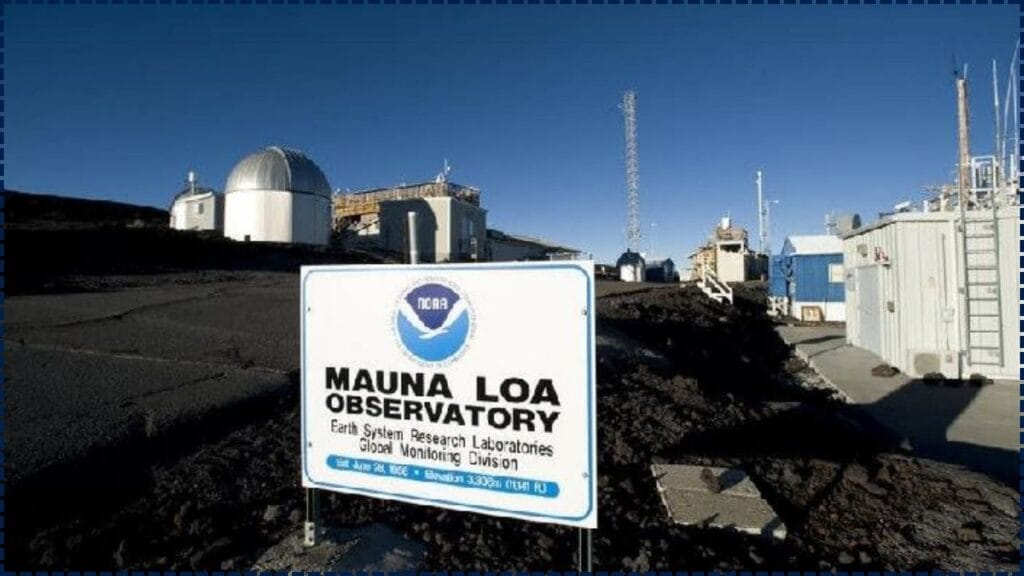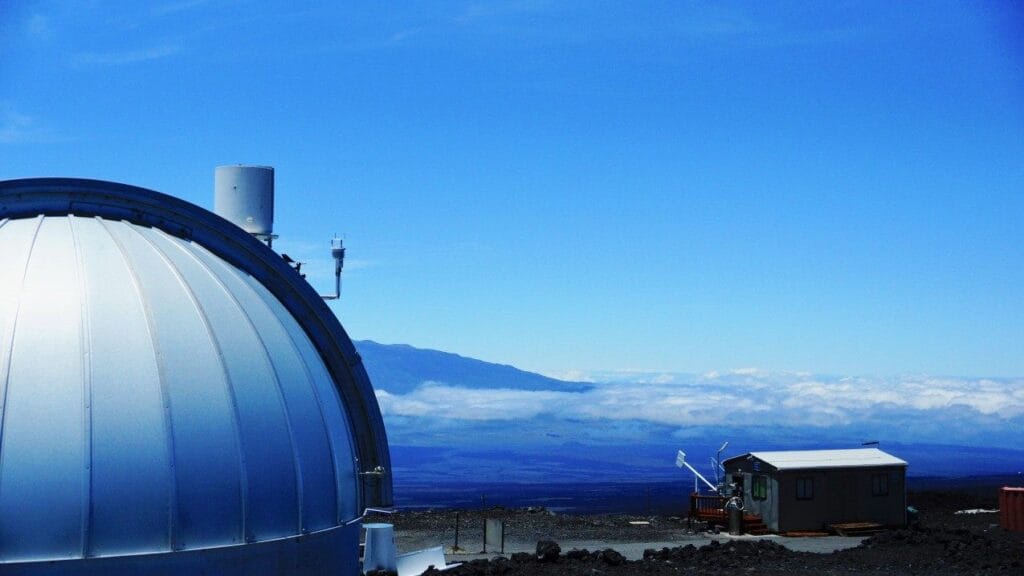In a moment that calls for our collective attention and a deep reflection on our planet’s future, May 2025 witnessed a significant and unprecedented milestone in atmospheric carbon dioxide (CO₂) levels. At the venerable Mauna Loa Observatory in Hawaii, a beacon of scientific observation perched high above the Pacific, the monthly average concentration of CO₂ reached an alarming 430.2 parts per million (ppm). This figure isn’t just a number; it represents a tangible shift in our global environment, surpassing even last year’s already concerning record of 426.7 ppm.

This critical update, collaboratively reported by both the esteemed Scripps Institution of Oceanography and NOAA’s Global Monitoring Laboratory, confirms a profound truth: we are now experiencing the highest concentration of CO₂ in Earth’s atmosphere in millions of years. Ralph Keeling, director of the Scripps CO₂ Program, remarked, “Another year, another record. It’s sad,” highlighting the ongoing and accelerating trend of rising greenhouse gas concentrations.
Mauna Loa Hits Record CO2 Levels
| Aspect | Details |
|---|---|
| May 2025 CO₂ Average | 430.2 ppm (Scripps); 430.5 ppm (NOAA) |
| Year-over-Year Increase | 3.5 ppm (Scripps); 3.6 ppm (NOAA) |
| Historical Context | Highest CO₂ concentration in millions of years |
| Primary Drivers | Fossil fuel combustion, deforestation, and reduced carbon sink efficiency |
| Potential Impacts | Increased global temperatures, sea-level rise, extreme weather events, ocean acidification |
| Monitoring Site | Mauna Loa Observatory, Hawaii |
The record-breaking atmospheric carbon dioxide (CO₂) levels observed at Hawaii’s Mauna Loa Observatory in May 2025 serve as a profound and stark reminder of the escalating pace of climate change. These aren’t just abstract scientific figures; they represent a direct signal from our Earth, highlighting the urgent need for a collective response to protect the very home we share.
This critical environmental challenge calls for immediate and deeply concerted efforts from every corner of society: from individuals making conscious choices in their daily lives, to resilient communities fostering sustainable practices, and crucially, to governments worldwide collaborating on policy and innovation.

Understanding the Significance of Rising CO₂ Levels
The Keeling Curve: A Historical Perspective
The Keeling Curve, initiated in 1958 by Charles David Keeling, represents the longest continuous record of atmospheric CO₂ measurements. This iconic graph illustrates the steady increase in CO₂ concentrations over the decades, with seasonal fluctuations due to plant growth cycles.
Why Mauna Loa?
Perched majestically at an elevation of 11,141 feet on Hawaii’s Big Island, the Mauna Loa Observatory stands as a crucial sentinel for our planet’s health. Its unique and remote position isn’t just about stunning views; it’s a strategic advantage that allows scientists to monitor atmospheric CO₂ with unparalleled accuracy. By minimizing the influences of local pollution and human activity, this isolated outpost provides a remarkably clear and unadulterated picture of global atmospheric changes.
Factors Contributing to the Record CO₂ Levels
Fossil Fuel Emissions
The primary driver of rising CO₂ levels is the burning of fossil fuels such as coal, oil, and natural gas. These activities release vast amounts of CO₂ into the atmosphere, overwhelming natural carbon sinks.
Deforestation and Land Use Changes
Clearing forests for agriculture or urban development reduces the number of trees available to absorb CO₂, further exacerbating atmospheric concentrations.
Oceanic Changes
Warmer ocean temperatures decrease the solubility of CO₂, reducing the oceans’ capacity to absorb this greenhouse gas. Additionally, ocean acidification impacts marine ecosystems and their ability to sequester carbon.
Implications for Climate Change
Global Temperature Rise
Elevated CO₂ levels enhance the greenhouse effect, trapping more heat in the Earth’s atmosphere. This leads to global temperature increases, contributing to more frequent and severe heatwaves.
Extreme Weather Events
Climate change intensifies weather patterns, resulting in more powerful storms, prolonged droughts, and increased flooding incidents.
Sea-Level Rise
Melting polar ice and the thermal expansion of seawater due to warming contribute to rising sea levels, threatening coastal communities worldwide.
Related Links
Northern Lights May Be Visible Again as Another Solar Storm Approaches Earth
Strawberry Moon 2025 Set to Break a Notable Annual Record This June
New Study Finds Vaping Can Cause Several Harmful Side Effects – Check the Details and Health Risks
Pathways to Mitigation
Transition to Renewable Energy
Shifting from fossil fuels to renewable energy sources like solar, wind, and hydroelectric power can significantly reduce CO₂ emissions.
Reforestation and Afforestation
Planting trees and restoring forests enhance carbon sequestration, helping to offset emissions.
Carbon Capture and Storage (CCS)
Developing and implementing CCS technologies can capture CO₂ emissions from industrial sources before they enter the atmosphere.
Public Awareness and Policy
Educating the public and enacting policies that promote sustainable practices are crucial for long-term climate change mitigation.
FAQs
Q: Why is 430 ppm a significant threshold?
A: Reaching 430 ppm signifies the highest atmospheric CO₂ concentration in millions of years, indicating a rapid and unprecedented change in Earth’s climate system.
Q: How does CO₂ contribute to climate change?
A: CO₂ traps heat in the atmosphere, leading to global warming and associated climate impacts such as extreme weather events and sea-level rise.
Q: What can individuals do to reduce CO₂ emissions?
A: Individuals can reduce their carbon footprint by using energy-efficient appliances, adopting sustainable transportation methods, supporting renewable energy initiatives, and conserving natural resources.








